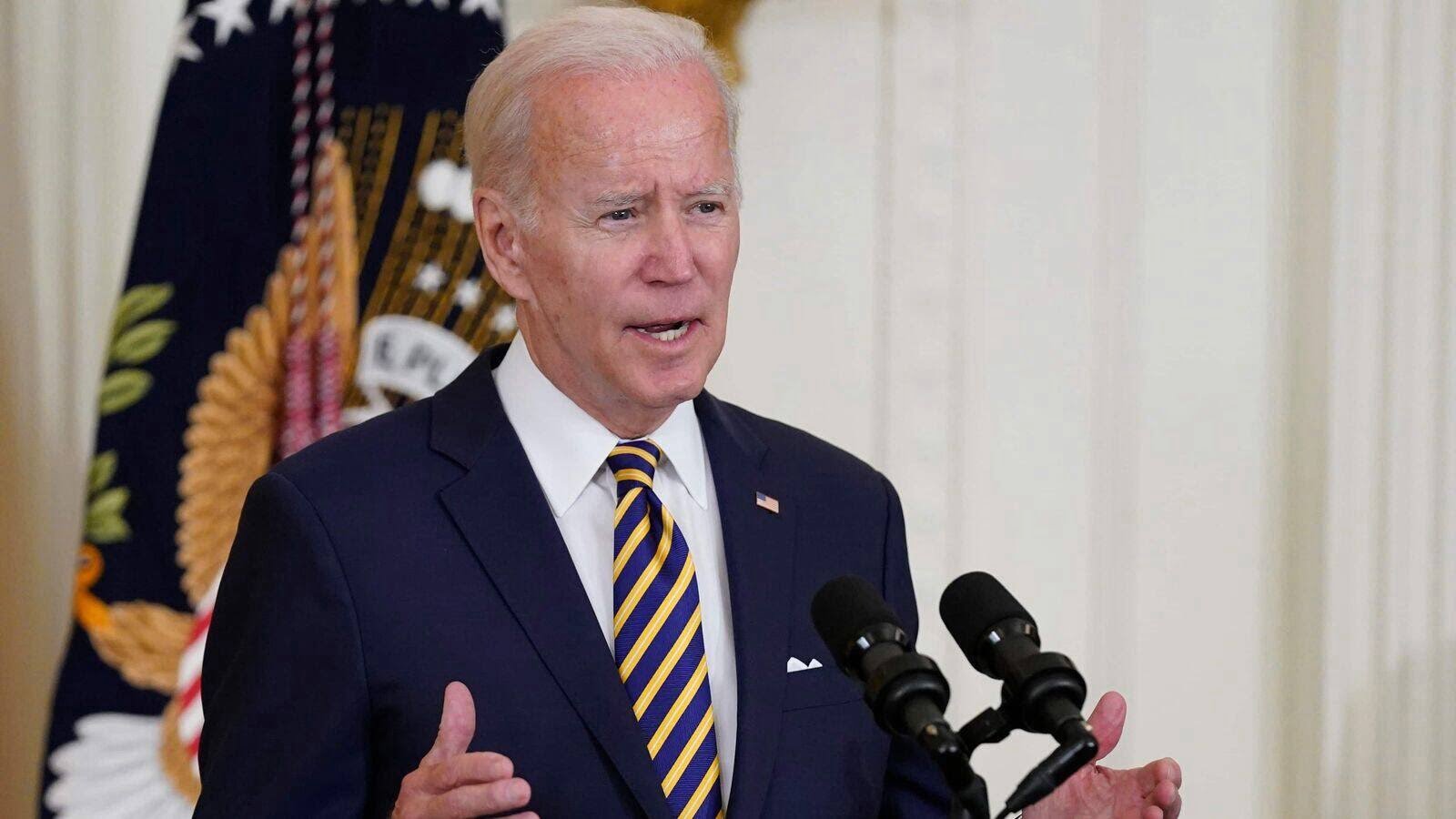President Biden Student Loan Forgiveness Plan 2023 – A Comprehensive Explanation

Biden student loan forgiveness
Biden loan forgiveness: President Joe Biden recently announced a major student loan forgiveness plan that could provide relief to millions of borrowers. The plan includes forgiving up to $10,000 in federal student loan debt for borrowers making under $125,000 per year, and up to $20,000 for Pell Grant recipients. This bold move aims to ease the financial burden on working- and middle-class Americans struggling with student loan debt.
Introduction
With over 43 million Americans owing a collective $1.6 trillion in student loan debt, Biden’s forgiveness plan is one of the most sweeping attempts to date at tackling the growing student debt crisis. For eligible borrowers, this one-time debt cancellation could make a meaningful dent in balances, providing a fresh start financially.
While experts say the plan will offer relief to many, some argue it does not go far enough. With average debt balances around $30,000, one-time forgiveness of $10,000 to $20,000 may still leave many borrowers owing substantial sums. Even so, Biden’s unprecedented action marks a significant shift in how student debt is handled at the federal level.
Key Details of Biden’s Student Loan Forgiveness Plan
Here are some key details of Biden’s forgiveness plan:
- Up to $10,000 will be forgiven for borrowers making under $125,000 individually or $250,000 for households. Pell Grant recipients can receive up to $20,000.
- Only loans held by the Department of Education are eligible, excluding most Federal Family Education Loans (FFEL) and Perkins loans held by commercial lenders or schools unless borrowers consolidated into Direct Loans before June 30, 2022.
- The forgiveness applies to undergraduate and graduate loans, Parent Plus loans, and even defaulted loans.
- Current students with federal loans are eligible. The relief will be based on their status and income when applications open in October 2022.
- The Department of Education estimates that nearly 8 million borrowers may qualify for automatic relief based on income data already available. Others will need to apply for forgiveness.
- Payments paused interest-free until Dec. 31, 2022, due to pandemic relief measures. Biden is extending that through Dec. 31, 2023.
Arguments in Favor of Broad Student Loan Forgiveness
Advocates of wide-scale student debt forgiveness make several key arguments:
- Alleviating debt burdens will allow borrowers stuck in repayment to participate more fully in the economy, buy homes, start businesses, save for retirement, and have children.
- Student debt exacerbates racial and gender wealth gaps since Black and Hispanic borrowers owe more on average, and take longer to repay. Forgiveness could help narrow these disparities.
- Without burdensome monthly payments, borrowers may be able to pursue jobs like teaching, social work, and public service which provide societal benefits but often pay lower salaries.
- Current income-driven repayment options are broken with confusing rules, interest accumulation, and forgiveness only after 20-25 years. Blanket forgiveness is simple and efficient.
- Loans were predatory and saddled 18-year-olds with debts they could not reasonably manage. Broad forgiveness acknowledges this flawed system.
Concerns About Sweeping Student Loan Forgiveness
Some key concerns and counterarguments around wide-scale forgiveness include:
- It will fuel inflation and raise costs when the economy is already in a fragile state coming out of the pandemic.
- Most borrowers with college degrees earn substantially more over their careers compared to those without. Forgiveness disproportionately benefits higher earners.
- Taxpayers will bear the costs. Forgiveness may encourage colleges to continue ramping up tuition if loans are treated as grants that don’t need to be repaid.
- Money could be better spent reforming college financing and targeting aid based on need and merit. Broad forgiveness rewards irresponsible borrowing.
- The moral hazard argument is that forgiveness will incentivize future reckless borrowing.
- Does not lower total loan balances, just shifts who pays from borrowers to taxpayers.
Biden’s Authority to Enact Forgiveness
Though pressure has mounted for years to cancel student debt, some legal experts questioned whether the President had the power to do so by executive action. The HEROES Act passed after 9/11 gives the Education Secretary authority to waive rules during national emergencies, which appears to clear the way for forgiveness during the COVID-19 pandemic.
Previous loan forgiveness like for disabled borrowers or defrauded students applied to specific circumstances. Biden’s across-the-board cancellation marks new legal territory. While challenges are possible, his plan contains income cutoffs allowing it to be framed as targeted relief which may buttress its legal standing.
Potential Long-Term Impacts
Though one-time cancellation offers an immediate financial boost, some argue it does little to address the underlying issues that saddle Americans with unmanageable student debt:
- Rapidly rising college costs that outpace inflation and wages.
- Declining state investment in higher education drives tuition increases.
- An inequitable loan system that issues credit without regard to program and career outcomes.
- Limited alternative educational pathways beyond expensive four-year degrees.
More systemic reform may still be needed to tackle these structural problems and prevent another student debt crisis down the road. Biden’s cancellation may mark a stepping stone toward wider reform.
Public Reaction Across Political Spectrum
Among ordinary Americans, reactions span from elation to outrage. For progressive Democrats, Biden’s plan is a welcome move but falls short of the blanket cancellation they pushed for. Some wanted Senator Elizabeth Warren’s proposal to cancel up to $50,000 per borrower.
For conservatives, Biden’s unilateral action overreaches executive authority. Business groups like the Committee for a Responsible Federal Budget warn the cost could worsen inflation. Some Republican attorneys general are exploring legal options to block cancellation.
But polls show surprising support across party lines for some form of student debt relief, though the extent divides public opinion. With midterms approaching, the political ramifications are uncertain as forgiveness could motivate bases on both sides. Biden appears betting it will activate more Democratic voters.
Conclusion
While debt cancellation will provide tangible financial relief for millions of borrowers, many see Biden’s plan as only a starting point. Most agree student debt has spiraled out of control with a flawed loan system that demands reform. As a short-term stimulus, Biden loan forgiveness could boost household balance sheets and the economy. But its long-term legacy may depend on whether it inspires more systemic change. For now, many borrowers await relief as they watch for updates on how forgiveness will be administered.



